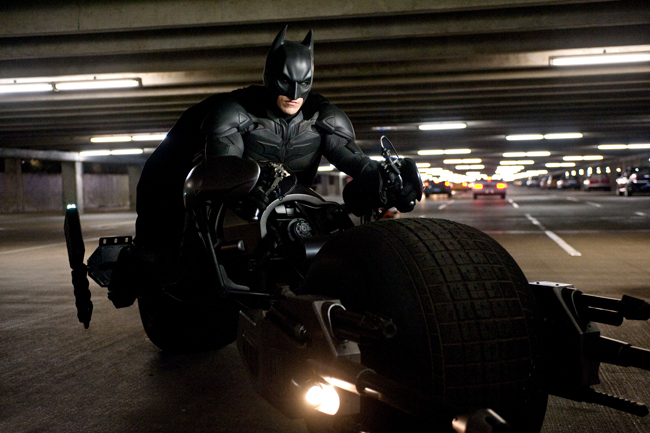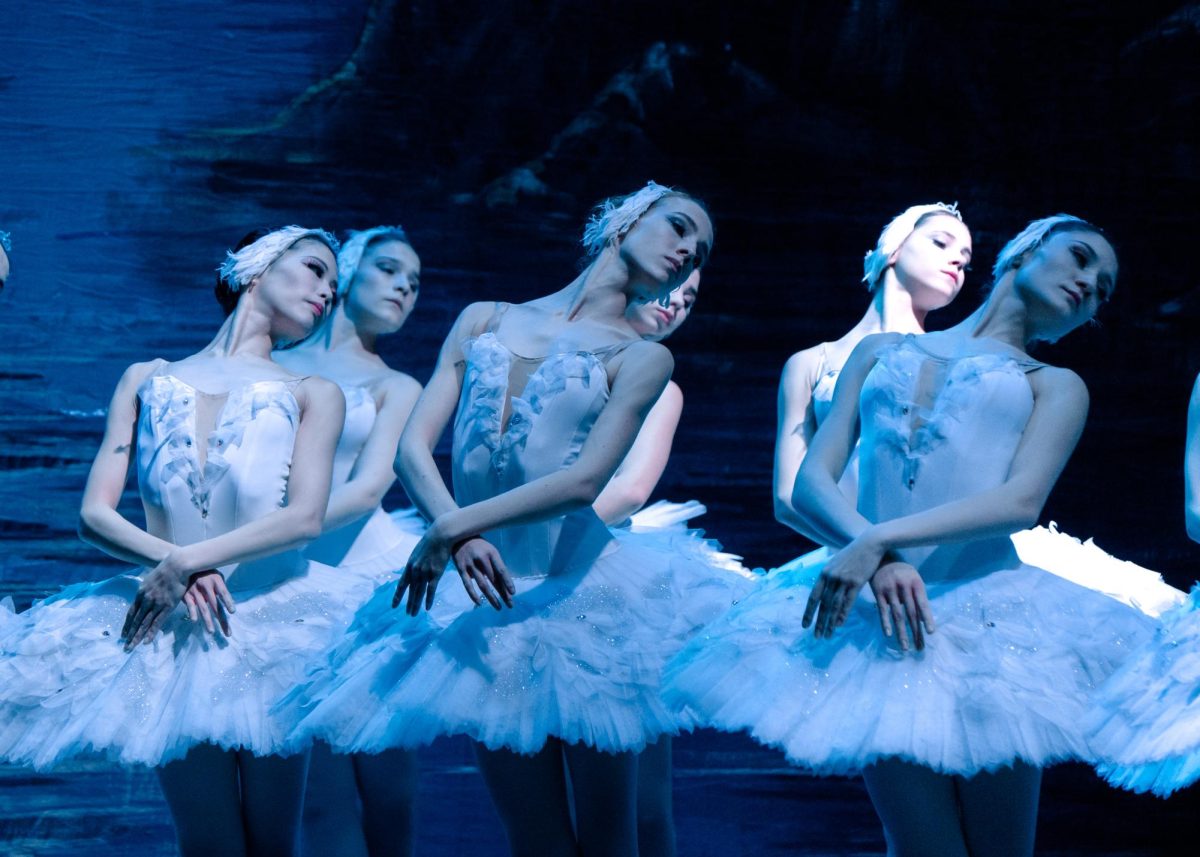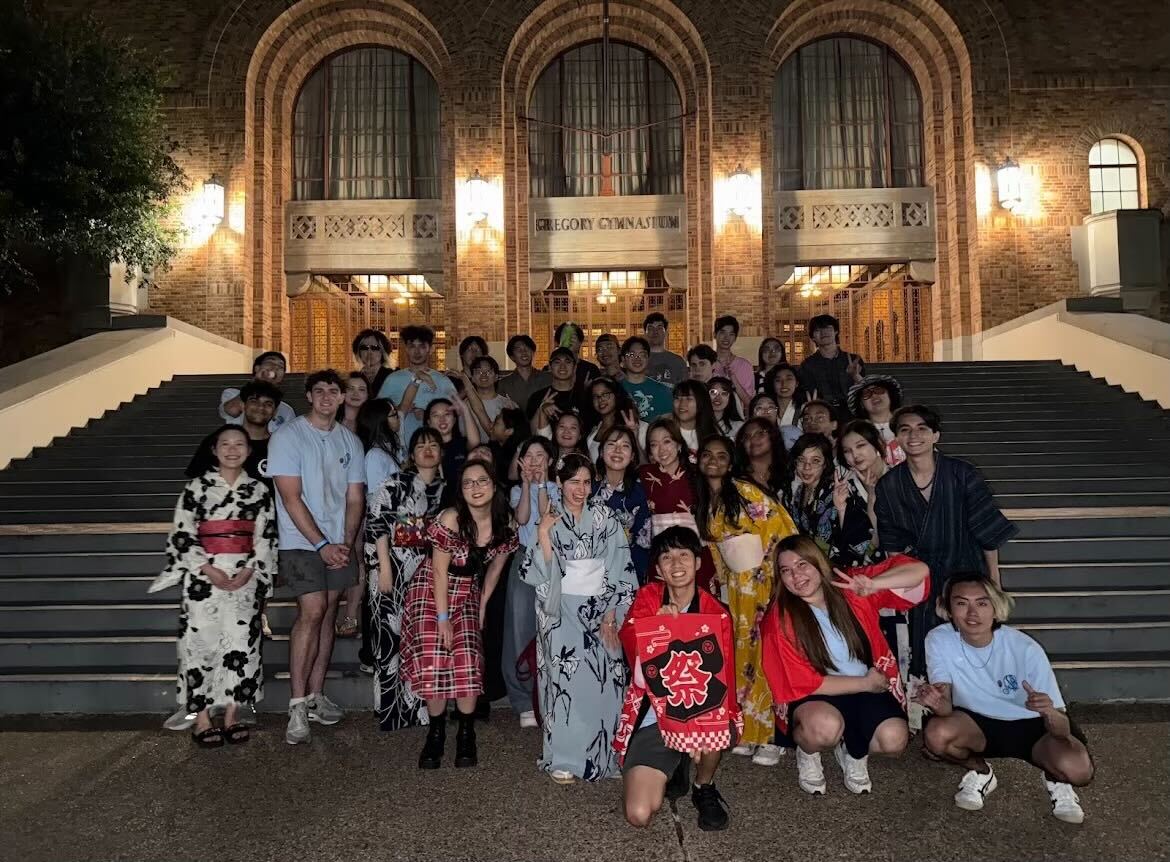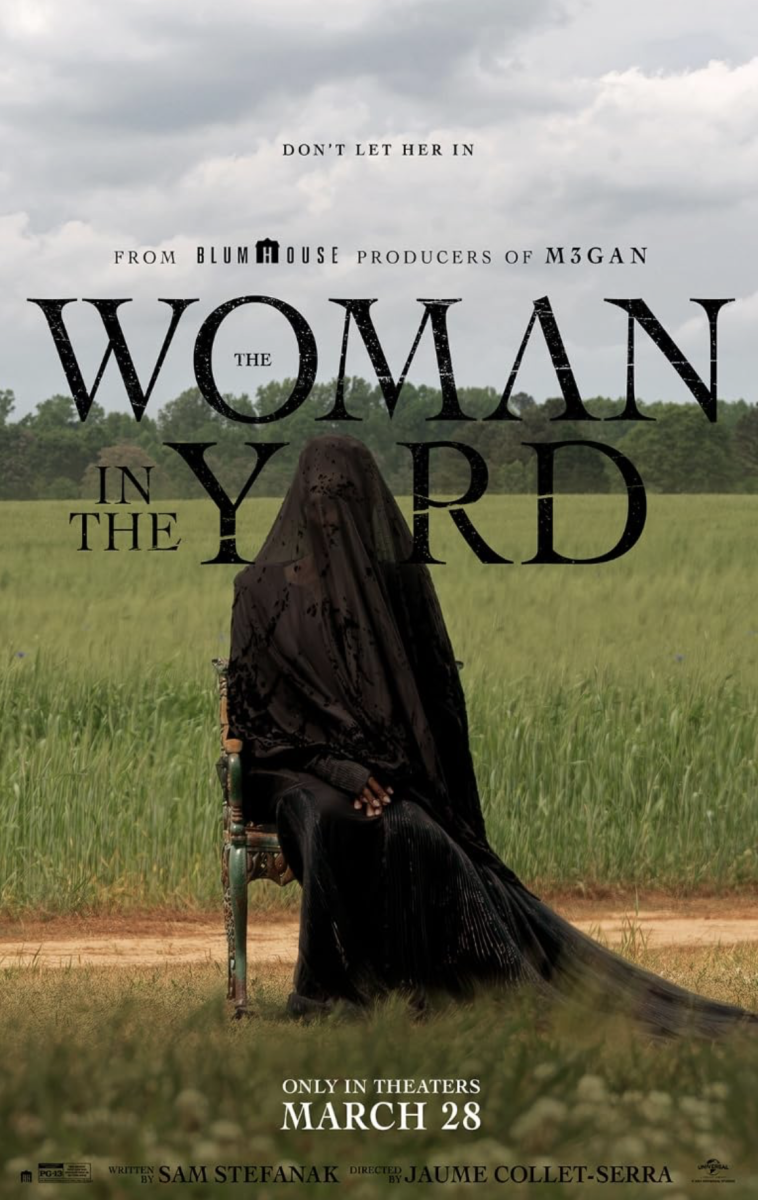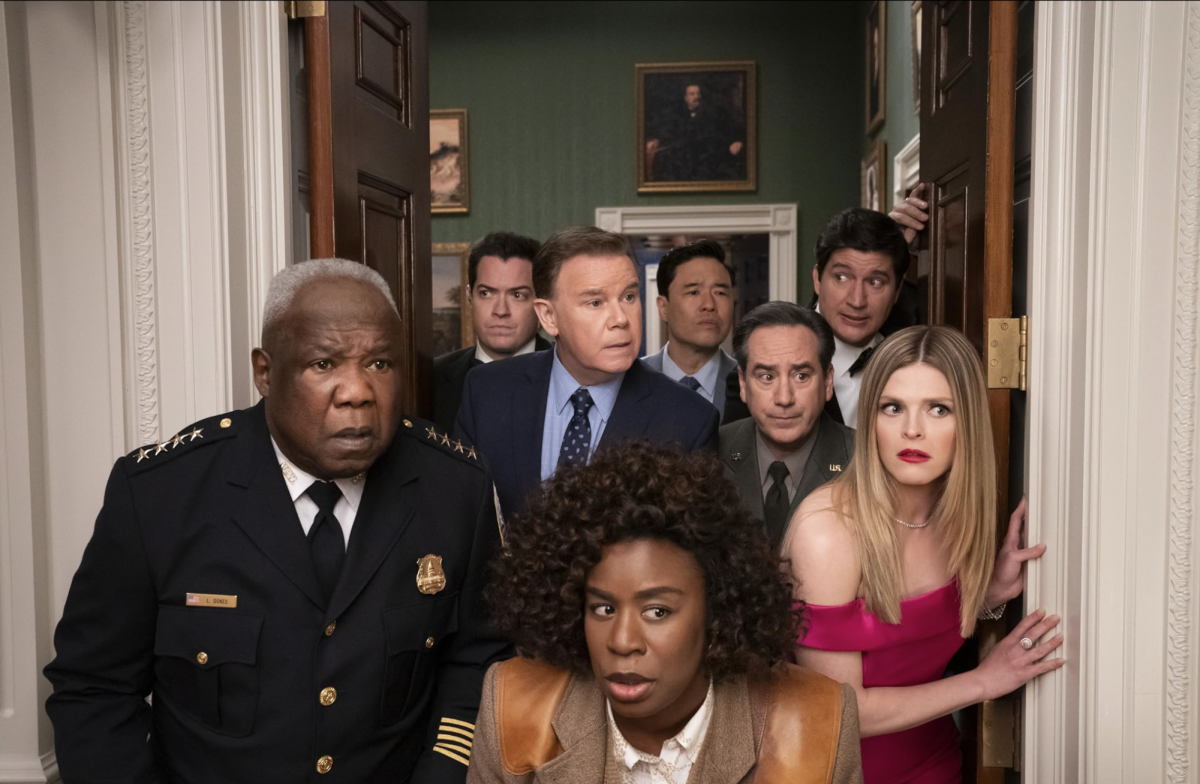Has there been a film this year more anticipated than “The Dark Knight Rises?” Christopher Nolan’s take on the Batman saga has lent an unprecedented level of prestige to the superhero genre, and for the four years since “The Dark Knight,” audiences have been asking if Nolan would be able to stick the landing in his finale. While it’ll take repeat viewings to determine how “The Dark Knight Rises” stands among its predecessors, the film is a truly grand finale, an epic conclusion that beautifully contrasts crushing despair and unyielding optimism.
Eight years have passed since Harvey Dent was killed and Batman slipped off into the night. A bold new act stemming from Dent’s death has freed Gotham from crime, and a retired Bruce Wayne (Christian Bale) has been reduced to limping around his mansion in solitude. However, new problems are always rising, notably in the form of Bane (Tom Hardy), a relentless mercenary with an elaborate plan to bring Gotham to its knees.
Audiences have been bombarded with marketing for the film for the past year, but one of the movie’s simplest pleasures is seeing how the disparate pieces of the story fit together. Nolan has a lot of ground to cover, from Bane’s reign of terror to Batman’s return and to Commissioner Gordon’s (Gary Oldman) overwhelming guilt over his role in Batman’s exile. The film is tightly wound, its pieces precisely measured. Nolan builds an unrelenting momentum throughout, packing the film with grand, elaborate set pieces and establishes small recurring motifs that tie the film’s themes together elegantly.
There’s a definite sense of things ending here, and Nolan operates with pure confidence. He shows the most prowess in his direction of the film’s action scenes, and his use of IMAX cameras gives the film an appropriately epic scale. He also makes some bold choices, taking things to unexpected levels of chaos, and the final battle for Gotham is a marvel, a sweeping orchestra of violence and sacrifice. Even more effective is Batman’s first fight with Bane, a punishing encounter that puts Batman in some very real danger with Nolan staging the throwdown as an intimate but hopeless conflict, the moment when Batman finally meets his limit.
Bane was always an interesting choice for this film, but Nolan deploys a fascinating version of the character, finding strong thematic parallels between his hero and his villain. It helps that Hardy gives an intense, nefarious performance, playing Bane as a strategic and physical menace, and the cold mercilessness Hardy carries himself with is just as frightening as the gnarled mask that nearly swallows his face.
Fellow “Inception” alumni Joseph Gordon-Levitt and Marion Cotillard show up here, and while Cotillard plays Miranda Tate with unflappable warmth and professionalism, Joseph Gordon-Levitt’s performance as rookie cop John Blake proves to be one of the film’s most valuable assets. Blake has a lot in common with Bruce Wayne, but instead of putting on a mask, he puts on a badge and an uniform, with Levitt bringing a genuine decency and nobility to the character. It’s hard to make a compelling character out of someone so fundamentally decent and sure of himself, but thanks to Levitt’s incredible work, Blake is a vital character — an optimistic beacon in Nolan’s pitch-black universe. Meanwhile, Anne Hathaway proves another worthwhile addition to the saga, bringing her easy charm to the slippery Catwoman.
Christian Bale has always been hard to read as Bruce Wayne, and it’s never been clear whether Wayne’s guarded demeanor demonstrated remarkable control or a lack of range. In this film, Bruce is taken to some very low, vulnerable points, and Bale brings out a desperate side to the character, taking visible joy in the slow redemption Bruce earns over the course of the film. One of the few legitimate complaints about “The Dark Knight” was the over-the-top Batman voice, but here, Bale has perfected his hero’s gravelly rasp, using it sparingly and to great effect.
Michael Caine, Gary Oldman and Morgan Freeman have represented a trifecta of figures that Bruce and Batman look up to, and each of them gets strong moments to play here. Freeman is at his best when he’s letting his twinkling enthusiasm for Bruce’s alter ego out of the bag, while Caine’s performance is more nakedly emotional, full of fear for what Bruce’s return to the cowl might mean. However, Oldman’s take on Commissioner Gordon has always been one of the strongest parts of Nolan’s trilogy, the most decent man in a town desperate for them, and Oldman remains a smart, vital ingredient to the film.
On the technical side, Nolan is working at the top of his game. His creative, extensive use of IMAX technology aside, the film is gorgeously shot by frequent collaborator Wally Pfister, and Hans Zimmer turns in an impeccably constructed score. Zimmer works in small themes for each major new presence in the film, and as things build to a climax, the different musical notes begin intersecting and playing off each other wonderfully. Also worthy of special mention are the film’s sets, which are memorable and detailed, especially the dank, rocky hole in the ground where a massive chunk of the film is set.
Repeat viewings are needed to see how “The Dark Knight Rises” will play in the future, and small nitpicks like plot holes and a few false notes in the closing moments might stick out more. However, that doesn’t make Nolan’s final chapter any less entertaining, the first showdown between Bane and Batman any less terrifying or the fiery return of the bat signal any less triumphant. While “The Dark Knight Rises” isn’t a perfect movie, it’s easily a great one, and when the Dark Knight finally does rise, it’s pure cinema, a moment of catharsis and victory, and an absolutely worthy finale to one of cinema’s best trilogies.

